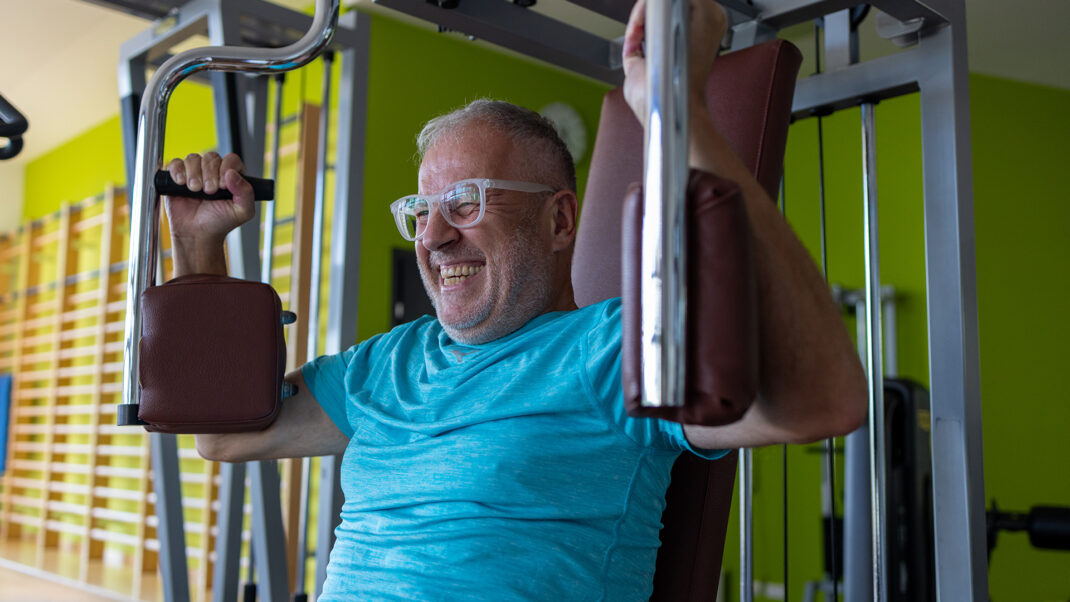Swimming Associated With Lower Blood Pressure in Older Adults
Want to help your pre- or borderline hypertensive clients improve their health? Tell them to take a swim.
Regular swimming is a popular form of exercise for people seeking low-impact options. Researchers now suggest that it may also help reduce blood pressure and improve vascular function among older adults. In a study published in The American Journal of Cardiology (doi: 10.1016/j.amjcard.2011.11.029), 43 adults with prehypertension or stage 1 hypertension who were not using medication were separated into a swim group and a gentle relaxation exercise group for 12 weeks. Researchers measured height, body weight, blood pressure, vascular function, fat mass, glucose and cholesterol before and after the intervention. “Body mass, adiposity and plasma concentrations of glucose and cholesterol did not change in either group throughout the intervention period,” the study authors conceded. However, they did find significant improvements in the other measures. “Casual systolic blood pressure decreased significantly from 131 ± 3 to 122 ± 4 mm Hg in the swimming training group. Significant decreases in systolic blood pressure were also observed in ambulatory (daytime) and central (carotid) blood pressure measurements.” The researchers also saw a 21% increase in carotid artery compliance among the swim group members. No significant changes were noticed in any measurement of the gentle relaxation exercise group.
The study authors concluded that “swimming exercise elicits hypotensive effects and improvements in vascular function in previously sedentary older adults.”
Ryan Halvorson
Ryan Halvorson is an award-winning writer and editor, and IDEA's director of event programming.






